Meet the tourists taking trips even more extreme than the Titanic submarine
When Bill Price descended to the depths of the Atlantic on board the OceanGate Titan submersible, radio communication cut out. He and four other passengers had to ascend to the surface, without seeing the Titanic.
“We were about three-quarters of the way down when we lost communication. We made the decision to go up,” Price, 71, told The Post.
The retired travel company president, who spent more than $100,000 on the non-refundable voyage with a death waiver, refused to abort his mission.
Price is part of the growing trend of ultra-adventure travel: People — often spending lavishly — going to the most extreme places on Earth, and now even beyond. Some trips make the Titan’s dive seem modest, with one adventurer telling The Post how she descended almost three times as far.
But this week the potential price they pay was thrown into stark relief with the race to find the Titan when its dive to the Titanic went wrong.
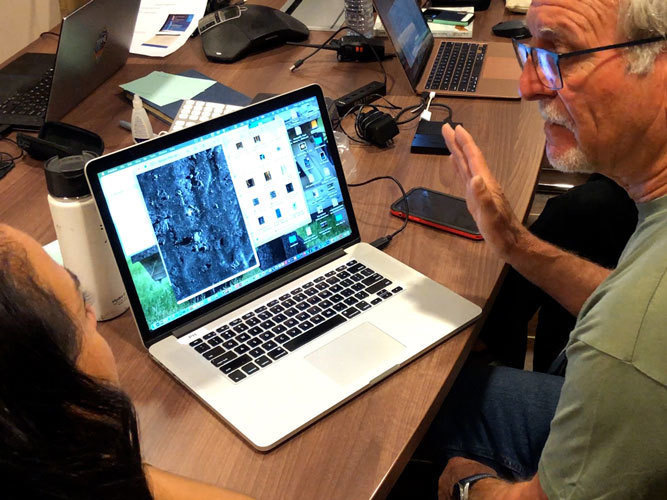
On board wereStockton Rush, OceanGate Expeditions’ president and pilot and P.H. Nargeolet, a veteran Nautile submersible pilot – and three extreme tourists: British billionaire Hamish Harding; and Pakistani-British business scion Shahzada Dawood and his son Sulaimin.
When Prine descended, he one of fewer than 300 people to visit the sunken tragedy 12,500 feet under water, and conscious that his adventure could be fatal.
“All sorts of things can happen, including death, which is very real. You basically go in with that knowledge … to be honest, I didn’t really dwell on that. In order to really experience things sometimes you have to take risks, and I made that my mission,” Price told The Post.
“We were asked if we wanted to attempt another dive, and I responded, ‘yes.’ We went the next day. You’re pretty much at the mercy of the currents.”

Price’s job on board the submersible was to document co-ordinates throughout the dive. When the reached the bottom, about 10 feet above the seafloor, he was in awe, marveling at the side of the ship gazing at the bow of the Titanic.
“That was a big moment. Surreal,” he said of being astonished by the icicle-like rusticles wrapped around the iron of the sunken ship.
“It was a once in a lifetime experience,” he said. “Looking back, it was maybe a little bit careless especially since I have a wife and two kids, and a granddaughter.”
Price has been chasing adventures for decades.
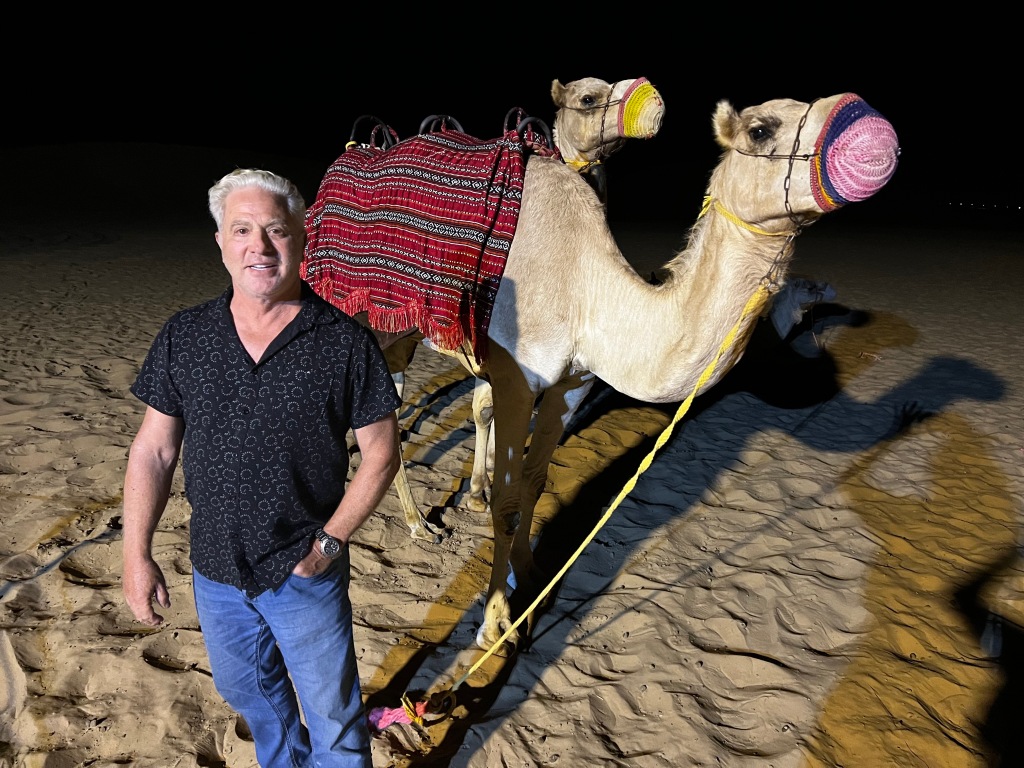
He has gone bungee jumping off the New River Gorge bridge in West Virginia, plunging 876 feet.
There was skydiving in Camarillo, California – smiling while suspended mid-free fall – and shark diving off the coast of South Africa in Mossel Bay.
He swam in the Great Barrier Reef, snorkeled in Seychelles and mounted an elephant to travel through the jungles of Thailand.
Price, a Detroit native with humble beginnings growing up with six siblings, doesn’t consider himself a daredevil or death-defying thrills.
“It’s the exact opposite. I want to live. I want to enjoy my life and live it. I really never considered myself that much of a crazy explorer but obviously I enjoy it,” he said.
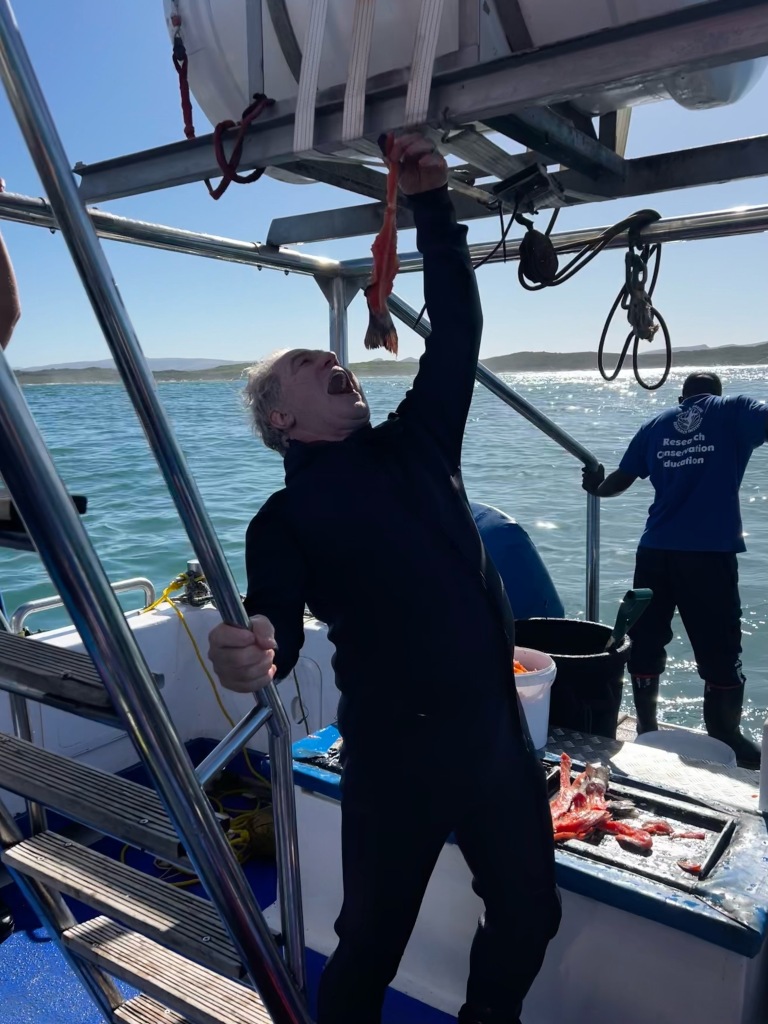
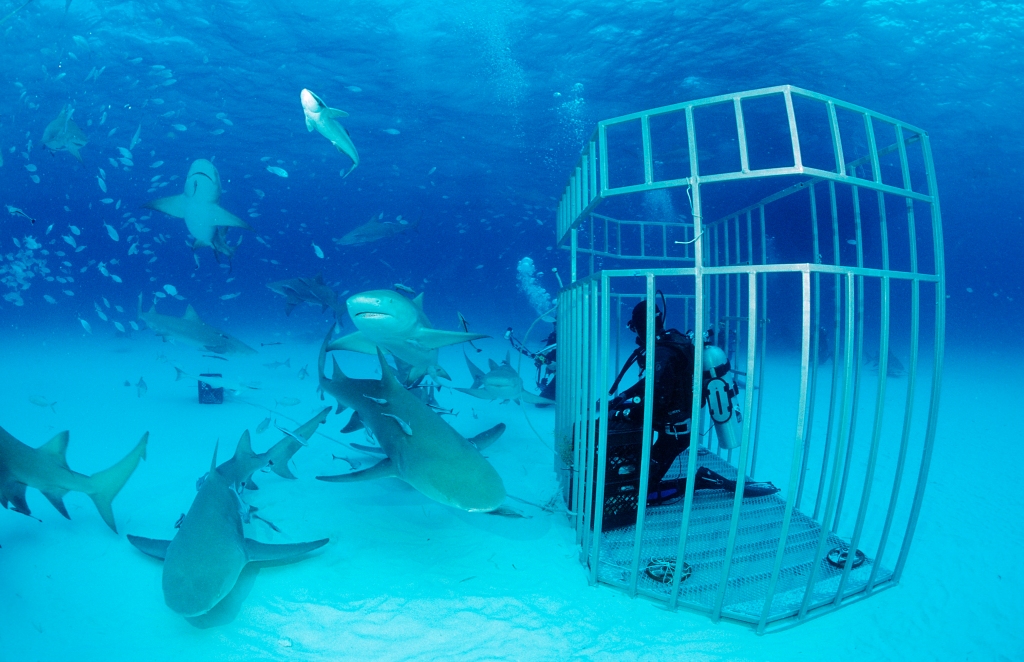
Risk is part of the reward for vacationers like Price — and the numbers of people willing to sign waivers for extreme adventure is growing.
In 2022, adventure policy sales through travel insurance company Squaremouth.com surged by 28% over 2019, and this year, an additional 46% over 2022, due to demand for travel to destinations like Antarctica and safari destinations in South Africa, Kenya and Tanzania, The Wall Street Journal reported.
A rep for international group tour company Intrepid Travel told The Post travelers who booked its Antarctica tour this year have re-booked similar excursions.
“Most people are booking in the same year as their trip which might be an indicator they are keen to go now and chase that thrill instead of waiting,” Matt Berna, president and managing director of Intrepid Travel The Americas told The Post.
Others take a more calculated, athletic approach to risk.
British-American mountaineer, Vanessa O’Brien, 58, became the first woman to complete the Guinness World Record’s “Explorers’ Extreme Trifecta”.
First she climbed Mount Everest in 2012. Then in 2020 she dived to the very deepest place on Earth, the Challenger Deep, 35,872 feet below sea level at the bottom of the Mariana Trench in the Pacific Ocean.
And finally she rocketed to space on board Jeff Bezos’ Blue Origin’s NS-22 last year to complete the challenge in a total of 3,729 days.
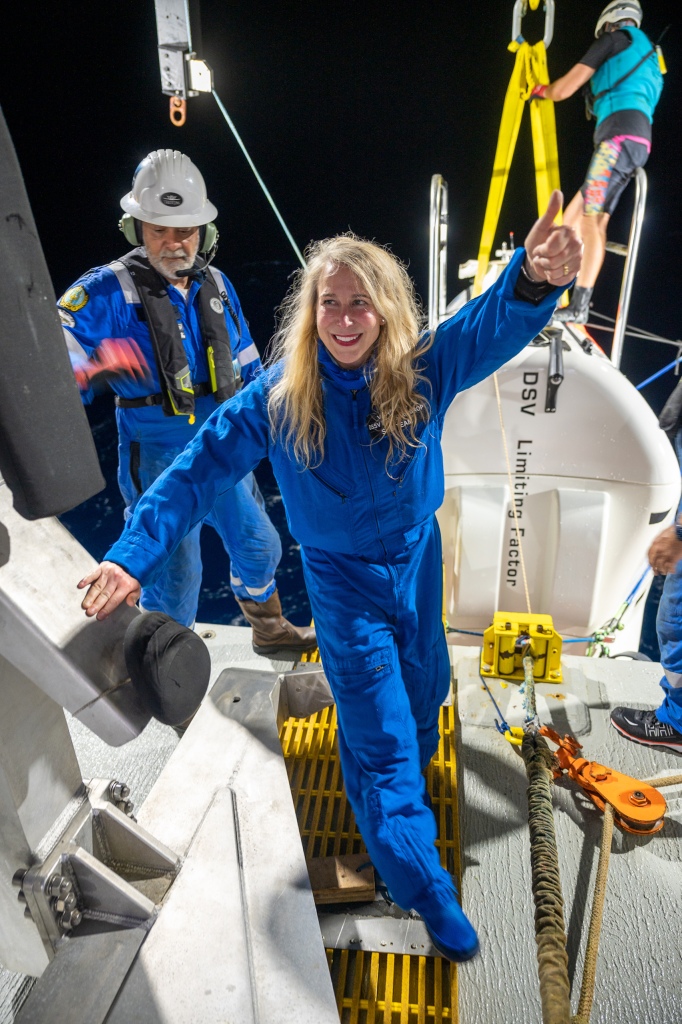
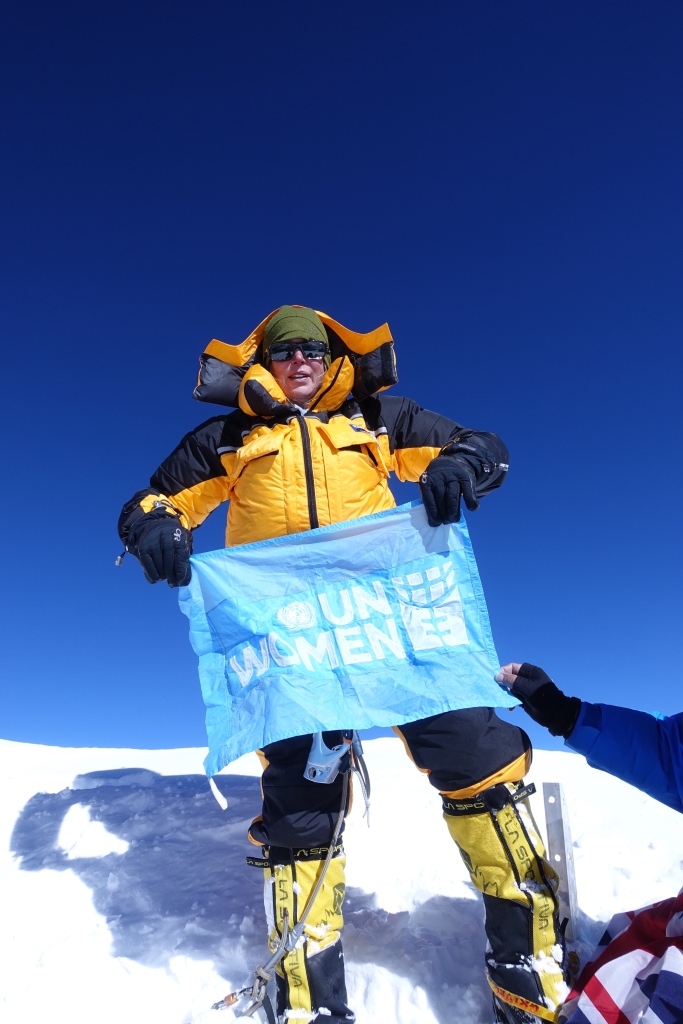
O’Brien, an ex-banker at Morgan Stanley, who attributes her ability to remain calm under stress to her endurance, recalled to the Post two near-death experiences during high altitude climbs that triggered her fight or flight mode.
The first happened while climbing up the Lhotse Face wall of glacial blue ice to Camp 3 on Mt. Everest, looking down at her feet, when suddenly she felt like she couldn’t breathe.
“It is as if someone has covered my mouth and blocked my lungs. The signal to my brain says, ‘you are going to die,’” she told The Post via email.
The other instance happened when repelling off a cliff at Cho Oyu, the world’s sixth highest mountain, trying to land on a small ledge at the end of her rope – literally.
But her most challenging mission was climbing K2, the second tallest peak in the world at 28,251 feet in 2017.
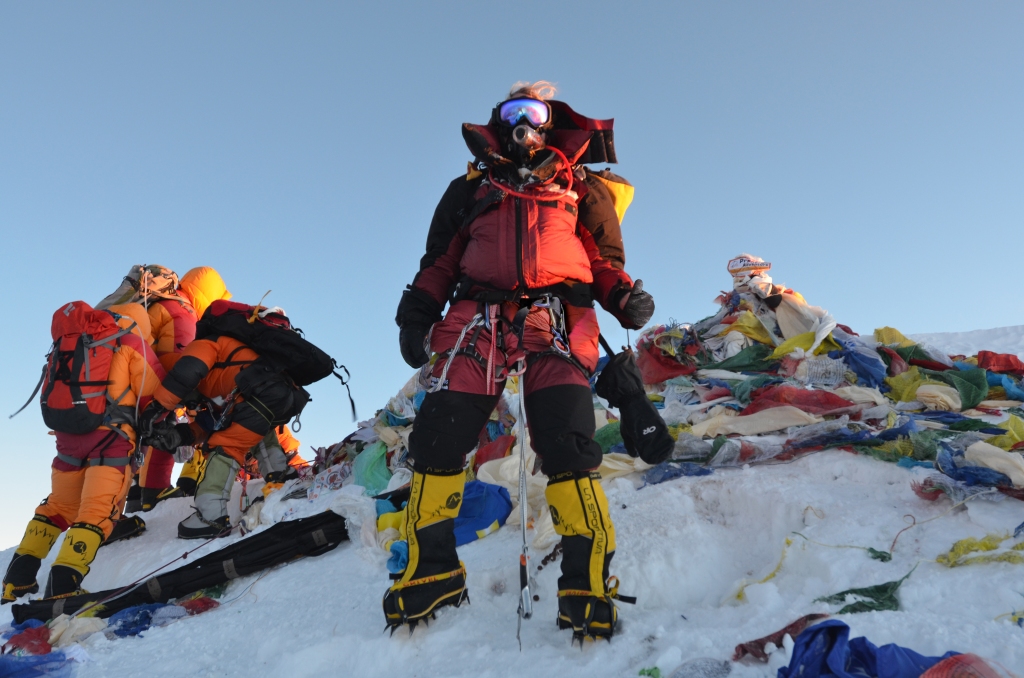
At the time of her summit of the Pakistani mountain, there had been 84 recorded deaths, and a 23% death rate she said.
“On that final summit push, which lasted 16 hours, we were the only team to summit. The temperature was 40 below, gale force winds belted our faces, and light precipitation fell. It was awful,” O’Brien told The Post.
Psychologists say thrill-seeking travelers are less prone to releasing the stress chemical cortisol, so they can tolerate greater risks.
“High sensation seekers are looking for those intense and original kinds of experiences and they’re willing to take the risk in the pursuit of the experiences,” Ken Carter, a professor of psychology at Oxford College of Emory University and author of “Buzz! Inside the Minds of Thrill-Seekers, Daredevils and Adrenaline Junkies,” told The Post.
“Physiologically, they’re a little bit different. One of the chemicals that gets us ready for the fight, freeze or flight is cortisol. Low sensation seekers excrete a lot of cortisol.
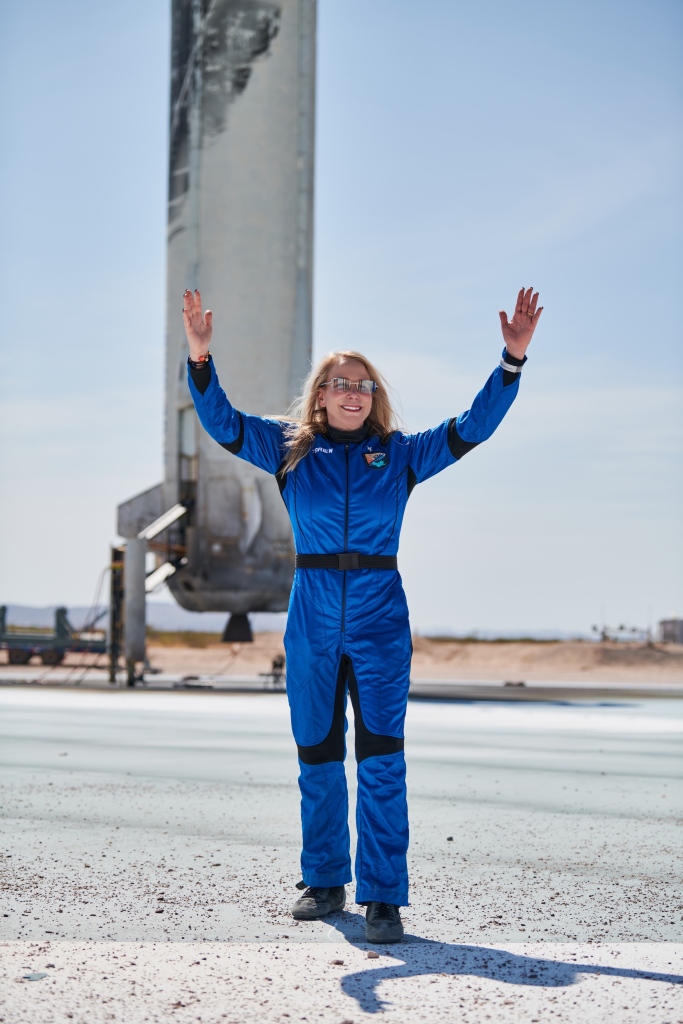
“The same environmental cues don’t set off the kinds of triggers for high sensation seekers so they’ll enter into a situation and their body is telling them ‘I’ll be fine.’
“At the same time, they’re producing more of dopamine associated with pleasure and they experience less stress so they’re not seeing it as dangerous as an average or low sensation seeker might.”
O’Brien, meanwhile, is aware of the risks, but she’s still taking them.
“Russian roulette was less risky than climbing K2,” she said.
Read the full article Here


